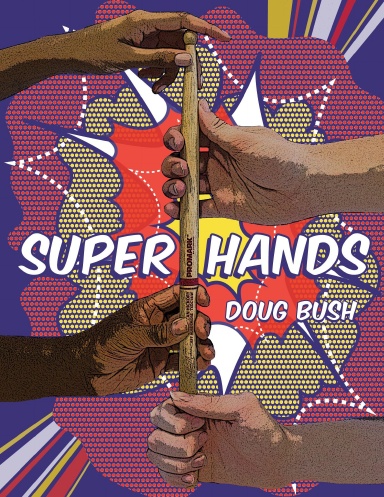Super Hands
Doug Bush

Super Hands is a collection of exercises, etudes, and solos for the intermediate to advanced rudimental percussionist.
Before each exercise there are a few short descriptions of goals that pertain to that exercise. Make sure to read these before attempting to play so you know what it is you are trying to accomplish. Many of the exercises are meant to be practiced with several variations. Try using multiple dynamics, different stickings, playing the exercise backwards or playing with just your weak hand.
Performance Etudes are found at the end of each chapter and are not meant to be sight read. They are short musical examples meant to help transfer the skills you are developing to a more musical context. They are also meant to prepare you for the solos in the back of the book. Take your time with these and make sure you can play them confidently.
Watch
Jam in 5/8

Jam in 58 - Jam in 58 is based off of a 50 beat 8th note pulse theme that is felt 3 + 3 + 2 + 2 + 2 + 3 + 3 + 2 + 2 + 2 + 3 + 3 + 2 + 2 + 2 + 2 + 2 + 3 + 2 + 2 + 3 (Yay math!). At B your right hand will play this exact accent pattern on the rim. Notice at B the dynamic is mezzo piano (mp). This section should have a light drum and bass - type feel.
7 Step Process

7 Step Process - This solo was written for my good friend and master teacher Chad Gibson. If you are playing it at 125 BPM the metric change at B will bring it to 180 BPM. Notice that the speed of the 16th notes in measure 21 is the same speed as the triplets in measure 22 and that the accents in measure 56 will become the quarter note accents in measure 57.
Syncopated City

Syncopated City - This solo was inspired by the "London Electricity" song of the same name. Top of the solo to B should be felt 3+2+2+3. Then B to measure 43 is felt 3+3+2+2.
Muy Guapo

Muy Guapo - The rhythm of the first two measures is a common Afo-Cuban rhythm known as a "Cascara". Feel free to play the rim parts on a cowbell for added texture.
Yoga Fire

Yoga Fire - The 7/8 time is pulsed 2+2+3 throughout this solo. Also note, if you are practicing with your metronome (and you are practicing with a metronome, right?), that measure 44 to the end will be on the upbeats.
Bass in YO FACE!

Bass in YO FACE! - Make sure that what you are playing on the rim does not affect what you are playing on the drum. In measure 20, feel free to turn on the snares at any time but do not allow that motion to affect the consistency of the 8th notes on the rim.
Beast Mode

Beast Mode - The main focus of this solo is to develop rolls. Take extra effort to ensure that the tenutos and accents at the mezzo piano (mp) volume sound different from one another. When turning the snares on or off be very deliberate with the timing to ensure the proper musical effect.
Sonic Boom

Sonic BOOOOOOOM! - This is a great solo for developing your single stroke speed. As you play faster remember to use a lower height and a lighter touch. Focus on working WITH the natural rebound to "guide" the stick rather than "controlling" it.
Brown Recluse

Brown Recluse - This solo was written for my good friend and master teacher James Smith. Once you can comfortably play this solo at quarter note equals 208 put the metronome on quarter note equals 104 and see if you can feel the solo as 16th notes instead of 8th notes.
Sticks Up

Sticks Up - Congrats! You have made it to the toughest solo in the book! This solo was written for my good friend and master teacher Jimmy LaBrecque. When playing a solo that is very rhythmically demanding, it is important to transition carefully from one technique to the next as to perform the rhythms accurately and without slurring. There are several complex stickings in this solo that will, in order to ensure they sound smooth at fast tempos, require patience to learn.
What others are saying...
Jeff Ausdemore
Director of Music
Iuniversity Prep
The most successful teachers, musically or otherwise, reach students through myriad techniques and strategies. Not the least of which include a passion for a student's potential and ability to learn, uncompromising expectations, and most certainly, a well-crafted plan for systemic improvement. Doug Bush's career as a performer, teacher and arranger speaks to each of these areas, and provides a framework for a lifetime of experiences dedicated to shaping young percussionist minds. Mr. Bush does an outstanding job of structuring Super Hands in such a way that a percussion student can navigate progressively through the book with or without the help of a private lesson teacher. From the clearly annotated key, to the exercise descriptors that keep the technical and musical goals at the forefront of student learning, this book is an excellent addition to the modern rudimental percussion method and solo repertoire. Well done, Mr. Bush!
M Sgt Jeff Prosperie
Principal Drummer and Section Leader
West Point Band's "Hellcats"
"The Only Triple Crown World Snare Drum Champion (DCI, PAS, DCA)"
It hits all the marks technically! I particularly enjoyed the sound pedagogical approach to the etudes and the musical creativity of the solos. I will definitely draw from this book in my future teachings!
Paul Weber
Percussion Arranger/Supervisor River City Rhythm
Director Irondale Drumline
Director Minnesota Timberwolves PACKcussion
As a marching percussion specialist I am always looking for educational resources that students can use in independent study. Super Hands is the most pedagogically sound compilation of material I have found for intermediate to advanced rudimental percussion students. The exercises in Super Hands cover a breadth of skills and provide variety in their approach as they build one skill set upon another. The etudes and solos in the book are educationally sound while catering to the interests of modern marching percussionists. Super Hands provides an excellent framework for marching percussion lesson and independent study programs.
Zach Scheer
Director of Percussion Studies
Coppell ISD
Super Hands has been THE difference maker for my intermediate level students! The exercises develop logically into etudes that are actually fun to play. Mastering these intermediate level skills on a drum will have a huge pay off on keyboards, timpani, or drum set. Perfectly paced and simply structured, Super Hands is a modern solution to an age-old problem: transforming beginner players into advanced musicians. Use the exercises and etudes in class, private lessons, or as fun material for your students to drum through on their own.
Art Avila, Jr.
Director of Percussion
Eastwood High School, El Paso, TX
Finally, a method book that can fulfill the spectrum of all rudimental skill level challenges! I have been piloting this method book with my middle school and high school students for almost a year now, and I have seen the results! I use Super Hands in my high school program as a year-round method book, not only to improve rudiments and chop-building, but also as a sight-reading resource to improve their rhythmic vocabulary. The results are evident, as my high school students are reading better and executing rudimental skill-sets with more precision. I use the short rudimental isolation exercises with my middle school students, which has helped their skills improve one hand at a time. As a result, I've noticed their abilities to combine hands has become more of an effortless transition. From basic stroke and sticking applications, to syncopations and rest figures, this book has it all. I'm even able to use exercises like "Shups" and "Jedi 8s" for individual assessment, and they're perfect to audition bass line or cymbal line students! A huge THANK YOU to Doug Bush and his vision with Super Hands. This book is a true testament of Doug Bush's versatile teaching and composition styles, and we are all fortunate to be able to experience a glimpse of a true master's mind.



